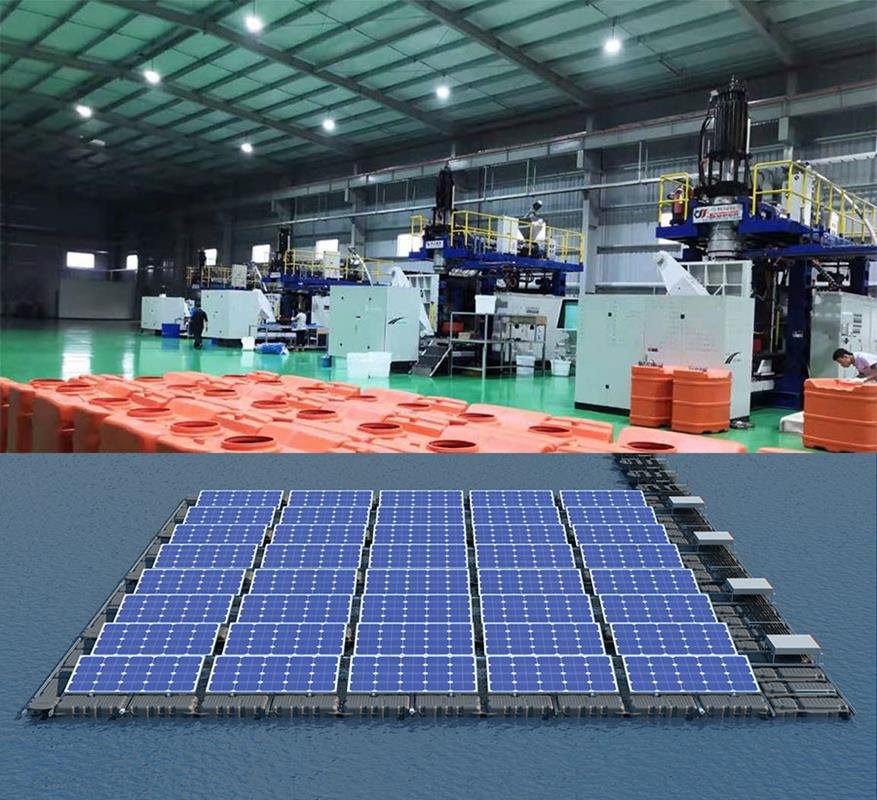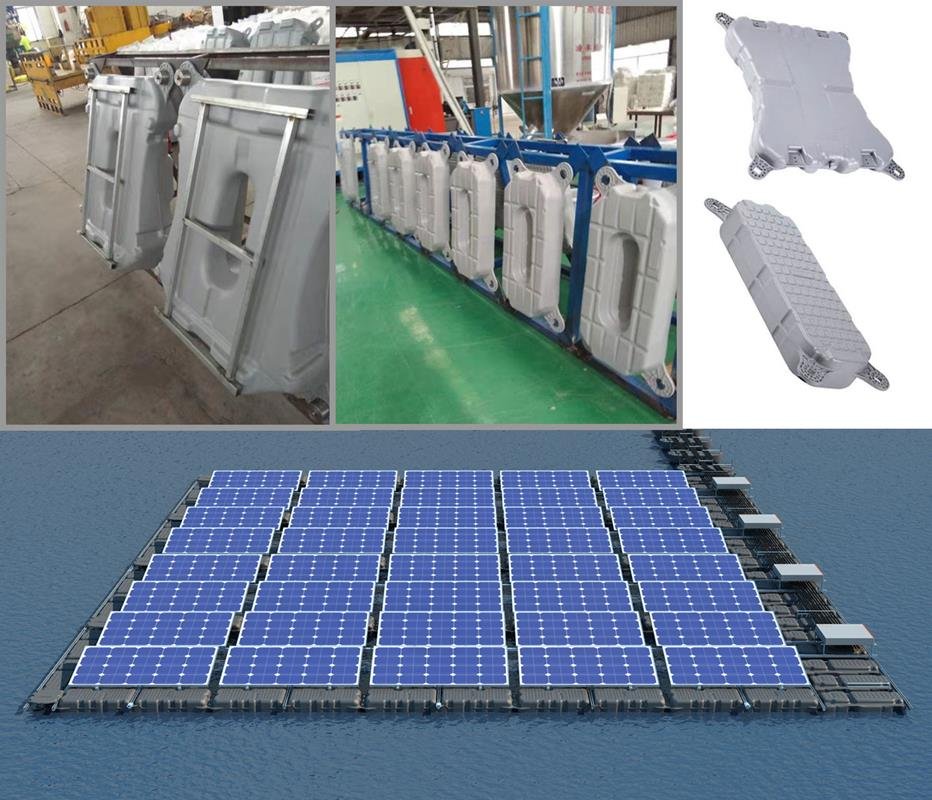Description
Floating solar, also known as floating photovoltaic (FPV), is any sort of solar array that floats on top of a body of water. Solar panels need to be affixed to a buoyant structure that keeps them above the surface. If you come across a floating solar installation, it’s most likely located in a lake or basin because the waters are generally calmer than the ocean. It’s also common to install floating solar structures on large, man-made bodies of water, such as reservoirs.
Floating solar is one of the new frontiers of offshore technologies with promising growth trends. According to the World Bank, the potential floating solar capacity that could be installed globally is as much as 1000 GW, or approximately the same generation capacity as all the photovoltaic solar panels installed in the world until 2021. According to research conducted by Wood Mackenzie Power & Renewables, at the end of 2019 at least 20.8 GW of photovoltaic panels were installed on the water, across 35 countries worldwide.
Installing solar panels at sea preserves the landscape and frees up valuable land for agriculture. But how much energy will they generate? For the first time, two energy researchers at Utrecht University have studied the energy yields of solar panels at the North Sea. they created a computer model for floating solar panels that simulated the effects of wind, waves and temperature. Floating solar panels at sea perform almost 13% better on average than panels installed on land, and in some months they even generated 18% more energy. The difference is due to the lower temperatures at sea and less cloud cover. The results of their study were recently published in the prestigious journal Progress in Photovoltaics.Floating solar panels at sea
The researchers based their model on meteorological data collected at the Utrecht University campus and on the North Sea, which they used to calculate the yield in situations on land and at sea. Solar panels on land are not affected by the motion of the waves, so you can install them at the ideal angle to ensure optimal light collection, explains PhD Candidate Sara Golroodbari. But solar panels also benefit from lower ambient temperatures, because electrical losses in the photovoltaic material are lower when it is colder, and that helps improve yields. This gives floating panels a competitive advantage, because both the seawater and the wind help cool the panels while temperatures at sea are much more levelled throughout the year.
Solar energy’s share in global electricity generation is expanding rapidly. Where solar power provided 2.4% of total electricity generation in 2018, it is projected to rise to 22% by 2025. Unfortunately, the construction of large-scale solar parks is limited by the amount of land available and the possible harmful effects on nature. In theory, we could cover every roof with solar panels, but not every roof is suitable for that. None of these disadvantages apply at sea, where panels also cannot be covered by shade or dust. “Moreover, 50% of the world’s population lives less than 100 kilometres from the coast, adds Golroodbari.
Real-world applications
The computer simulation of North Sea panels is unique for many reasons. “There is almost no experimental or theoretical material available about floating solar panels”, according to Professor Wilfried van Sark, the other researcher involved in the study. “For our research, we constructed a computer model using 12 floating panels. In the second phase of the project, we plan on studying how a test installation at sea performs in real-world conditions, and if the salt water has an effect on the panels. We will conduct the test in cooperation with Oceans of Energy external link, a Dutch company that has been successfully operating at sea since last November. Oceans of Energy’s yield results will then be compared to the results from our computer model.





Ulasan
Belum ada ulasan.